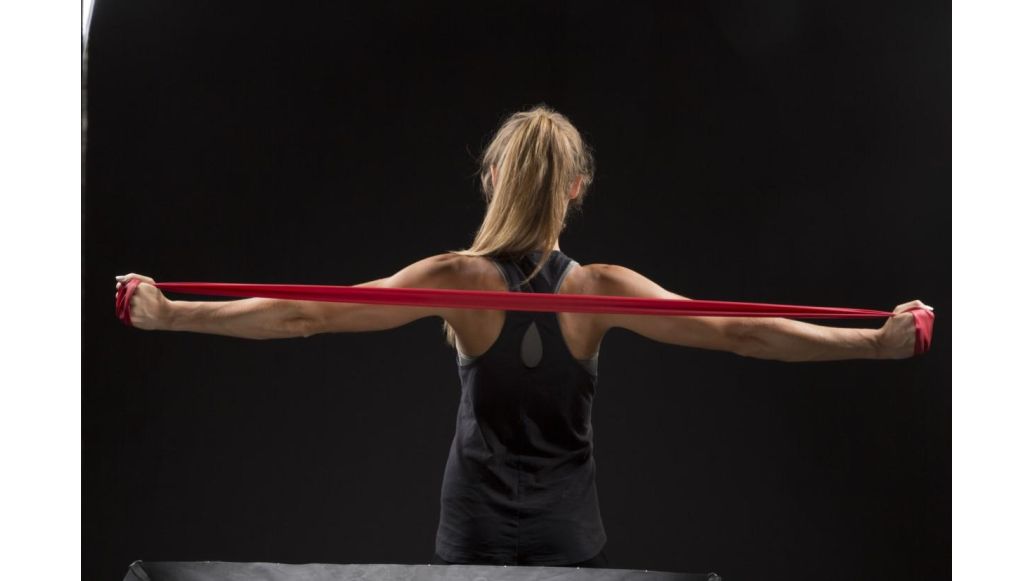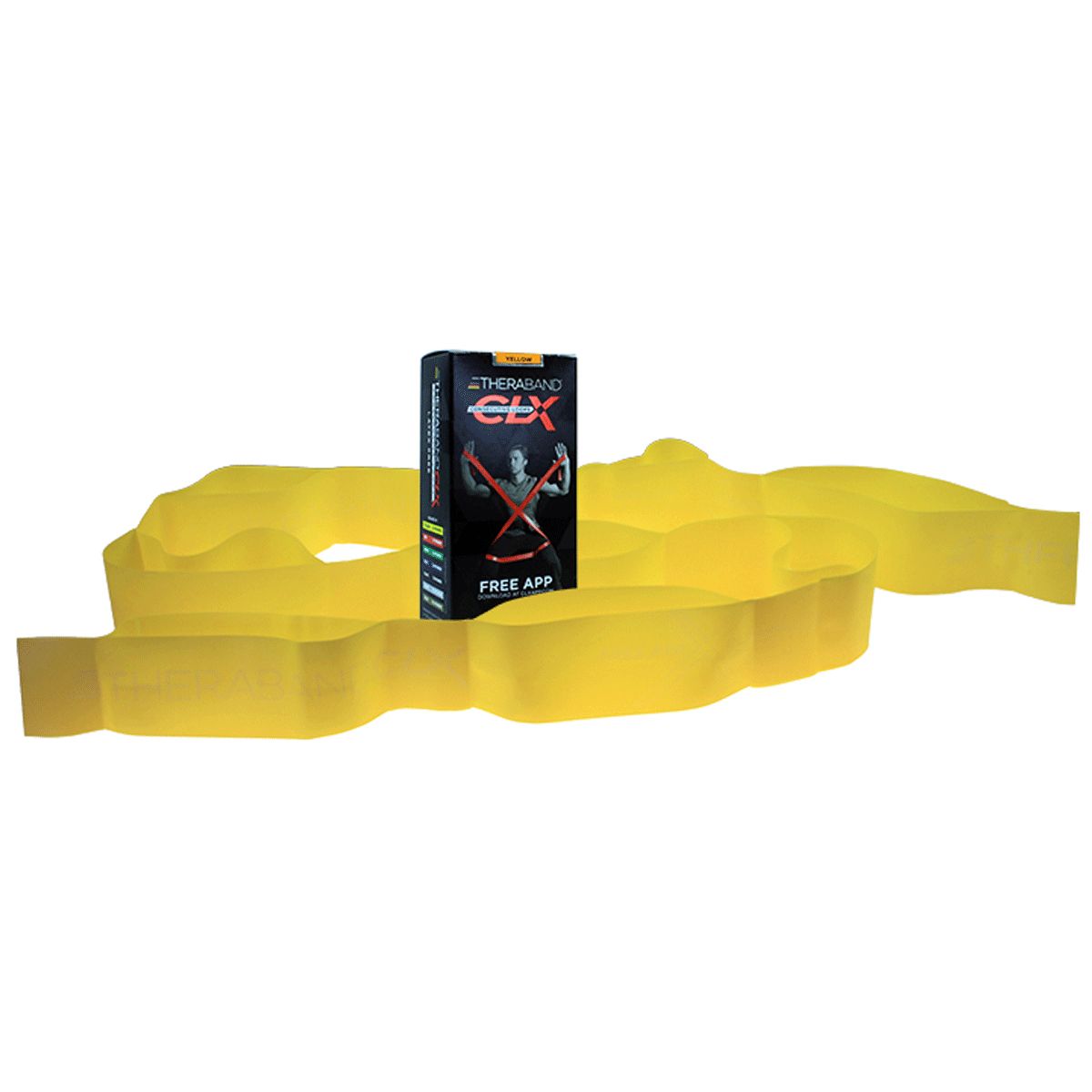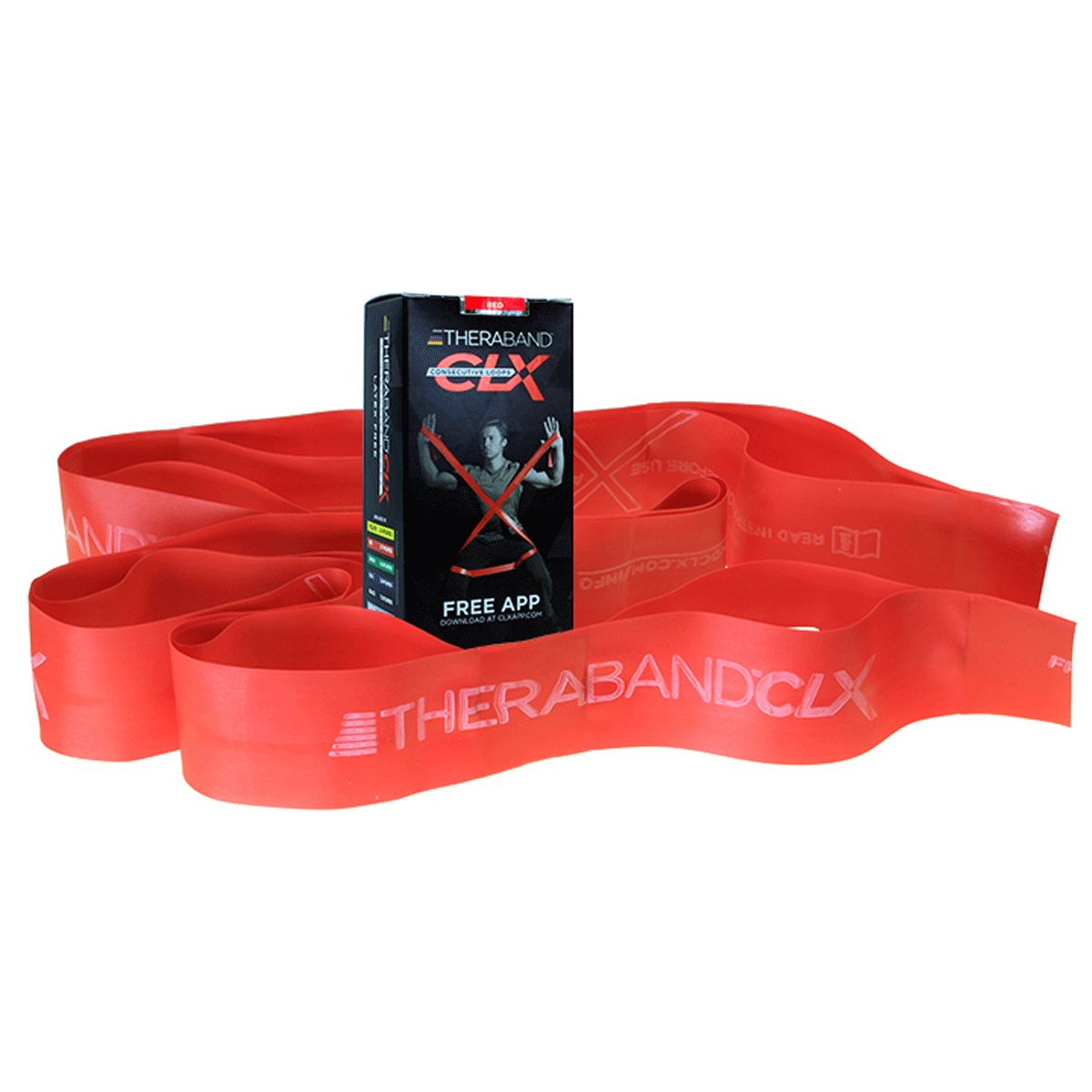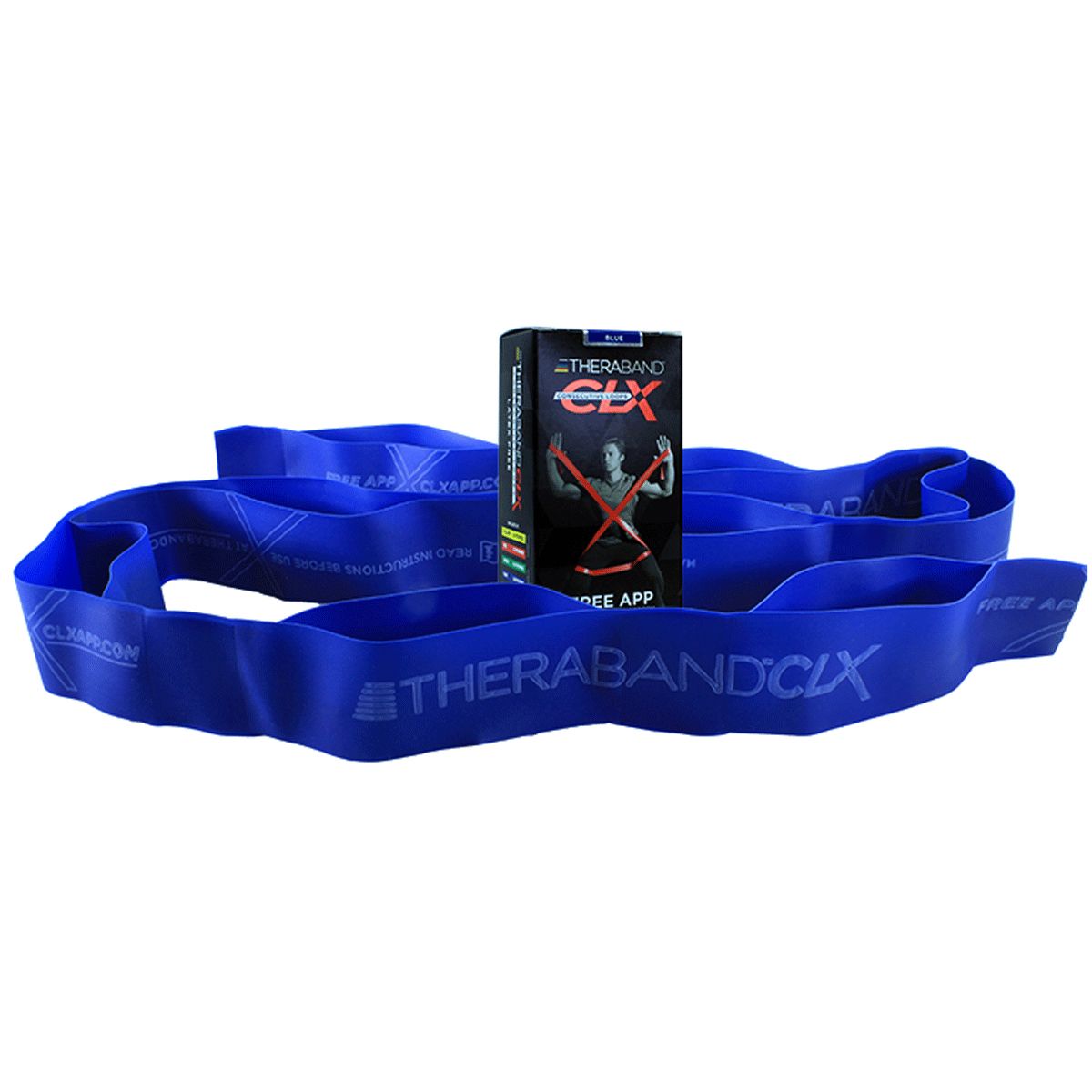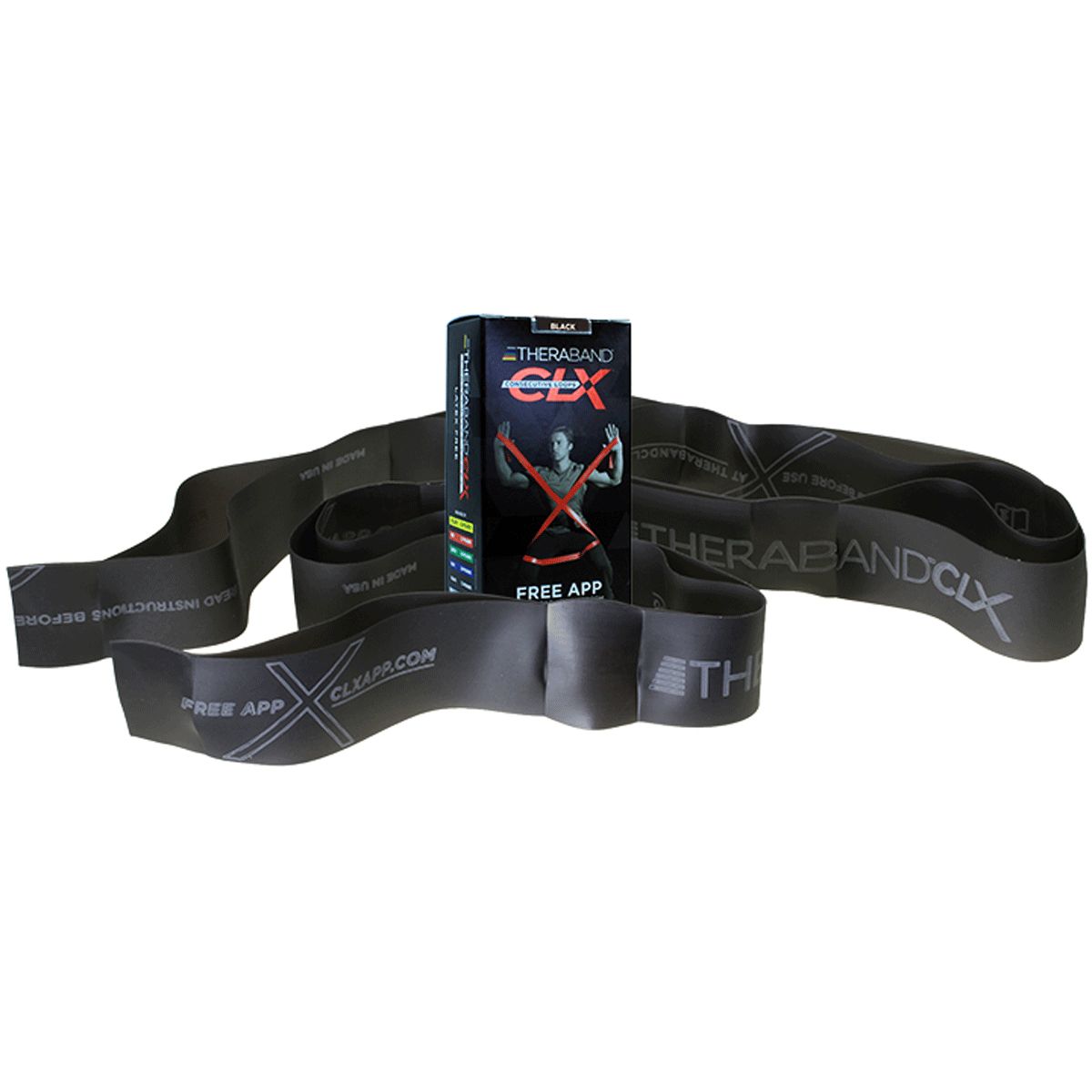Many traditional strength training programs focus on exercising the sagittal and frontal planes. However, there are many joints and muscle groups that move in more than one direction. Most of our daily movements require us to move in all the planes of motion, making multi-planar training essential.
To better understand why multi-planar training is important, we’ve come up with 7 exercises to help you get started.
The Different Planes of Movement
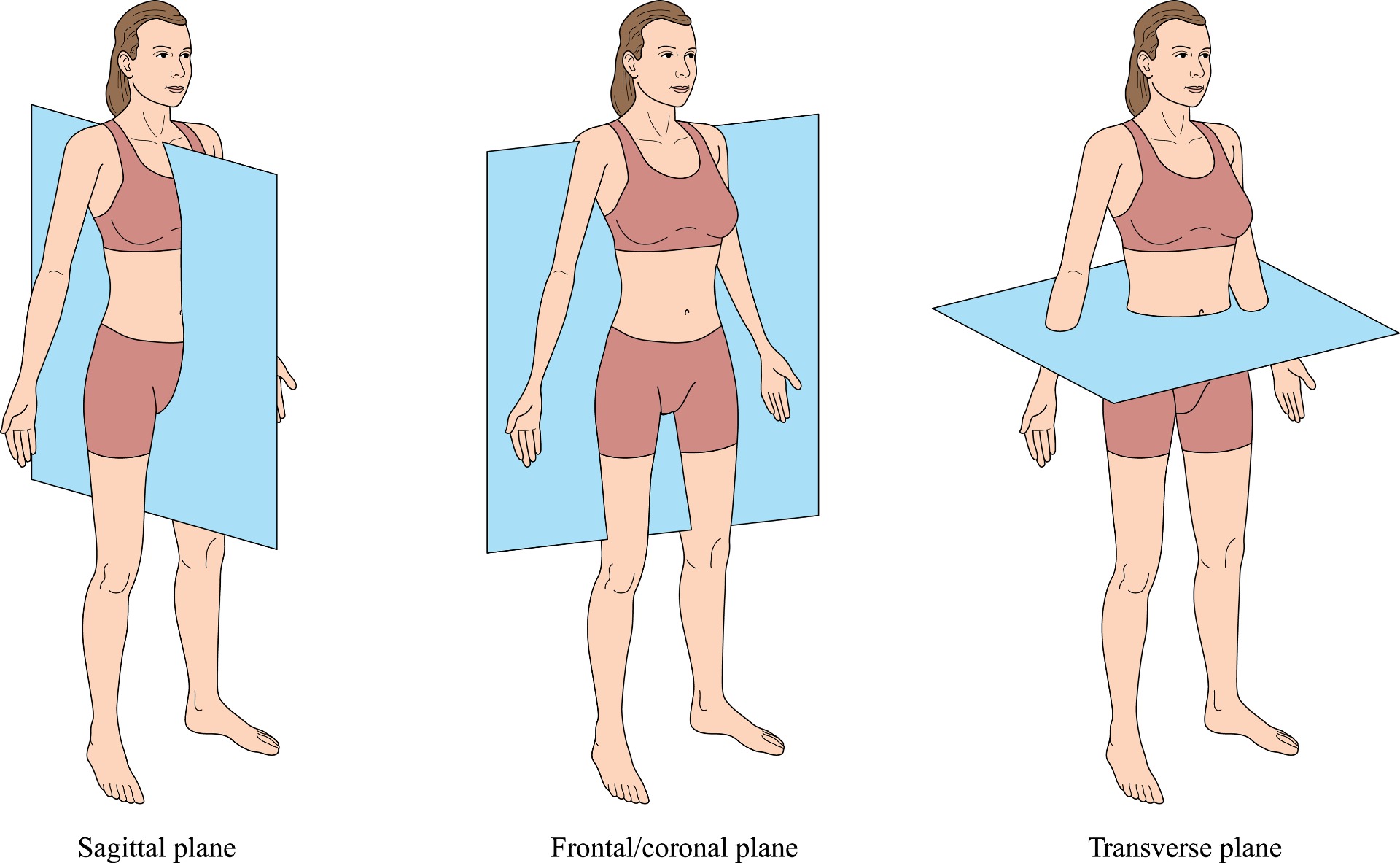
Movement of your body occurs in 3 different planes: sagittal (forward and backward), frontal (side-to-side), and transverse (rotational movement). Multi-planar training is a balanced program that challenges the body in all three of these planes of motion. Here’s a quick rundown of the different types of planes:
Frontal
The frontal plane is an invisible line that splits the body down the middle from front to back. This is forward, backward, up, and down movement where joint action includes flexion and extension. Movements performed that focus on the frontal plane include squats, hinges, push, pull, and carry actions and running.
Sagittal
The sagittal plane is an invisible line that splits the body down the middle from left to right. Typically, this means movements involve abduction (away from the midline) or adduction (towards the midline). This is when our bodies develop more lateral-based musculature such as the glute medius (abductors) and groin muscles (abductors). Movements performed that focus on the sagittal plane include side lunges, monster walks, side raises, and crawls.
Transverse
The transverse plane divides the body into top and bottom, with the pelvis being the line of division. Transverse movements are a bit challenging to define. These rotation-based movements often involve the hip and trunk. This includes any rotational work like slams, curtsy lunges, ropes, or twists and is essential to train stabilizers like the obliques.
For further information on the planes of motion, watch this video!
Improve Performance with Multi-Planar Training
Multi-planar movement is important for several different reasons. The three planes allow us to perform activities like running, jumping, throwing, carrying, and much more. The problem with only training one plane of movement (most commonly the sagittal plane) is that when we are exposed to movement in other planes, injuries can occur more easily. For example, ACL tears and ankle sprains are common for athletes who are not used to changing direction quickly (movement in the frontal plane).
Functionality in all planes of motion is essential for athletes. Training all three planes of movements will not only help reduce the risk of injury, but improve balance, stability, and overall performance. Every sport requires an athlete to move efficiently through all planes of motion. Running at top speed, backpedaling, lateral shuffling, and quick rotations to change direction are all common movements that occur during practices and games.
With TheraBand CLX, you can perform both multi-planar exercises and unilateral movements. The patented consecutive loops allow you to simultaneously perform upper and lower body exercises, providing a variety of new possibilities for your next resistance workout. Find the exercise that is perfect for you in whatever grip style you want, whether it be closed or open hand, no grip, or holding objects with resistance.
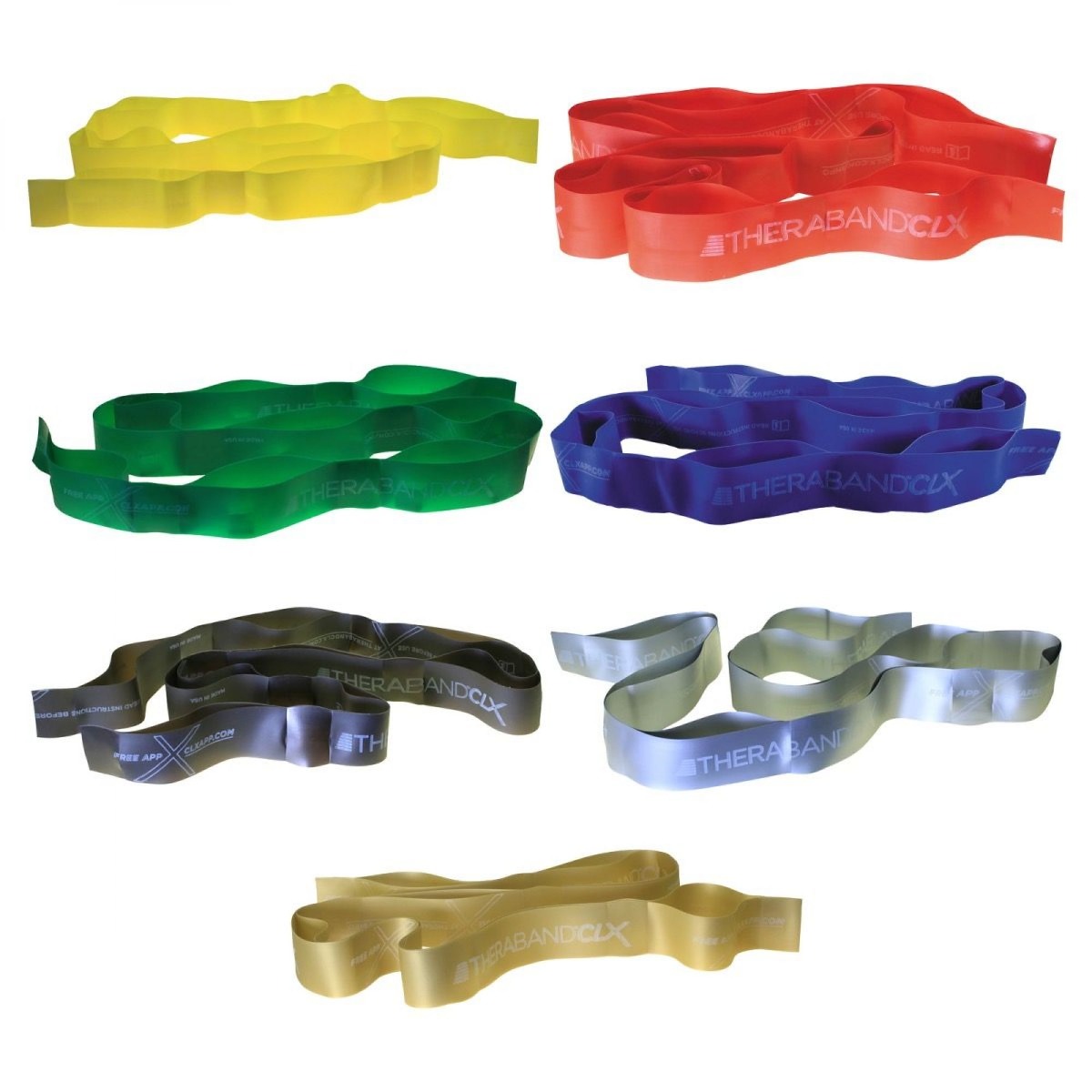
8 Multiplanar Exercises with TheraBand CLX

When putting together an exercise program that trains all three planes of movement, start with joints that have significant multi-planar movement capabilities (hips, shoulders, and trunk) and progress through to the uni-planar joints (knees, ankles, elbows). As you progress, increase the number of multi-joint and multi-planar movements or movement combinations. Focus on providing an exercise for every plane of motion (sagittal, frontal, transverse).
We’ve put together a workout that focuses on every direction (rotation, extension, abduction, etc.) in which a joint can move.
Get started now!
Side Plank with External Rotation Exercise (Sagittal)
- Begin by laying on your side on a padded surface. Place both hands in an easy grip loop at the desired distance to create appropriate resistance during the exercise
- Resting on your bent arm located directly below your shoulder, lift your hips off the ground and engage the core to stabilize
- With the opposite arm close to your side and elbow bent at 90 °, rotate your open hand outward until you can rotate no further
Tip: Do not exceed 300% elongation. Some exercises may require longer lengths of CLX
Resisted Push Exercise (Frontal)
- Begin by placing a foot into the middle easy grip loop of the CLX. This will become your back foot during the exercise
- Place each hand into the last easy grip loop of the CLX.
- With your non-anchored foot, step forward and slightly lunge as you raise your hands into a "blocking" position
Tip: Do not exceed 300% elongation. Some exercises may require longer lengths of CLX
Resisted Lateral Lunge Exercise (Sagittal)
- Begin by anchoring the end loops of your CLX to a CLX door anchor at waist level. Wrap the middle of the CLX band around your waist.
- Start with feet hip-width apart and then step out to your side away from the CLX anchor and perform a small side lunge.
- Hold briefly and slowly return to starting position and repeat
Tip: Be sure to keep your trunk upright during this exercise. Do not exceed 300% elongation. Some exercises may require longer lengths of CLX
CLX Skier (Transverse)
- Start with a loop of your CLX over each thigh with one loop in between your legs and each end of the CLX on each wrist.
- In an athletic stance, reach one hand above the opposite shoulder while placing the same side leg behind the opposite foot.
- Hold briefly and switch sides. Be sure to look forward while completing this exercise.
Tip: Do not exceed 300% elongation. Some exercises may require longer lengths of CLX
Cross Hip Abduction Exercise (Sagittal and Frontal)
- Begin standing with your feet hip-width apart. Place your feet in the middle 2 easy grip loops separated by one seal
- Cross the CLX to form an X feeding the ends of the CLX behind your knees. Before you pull the CLX around the outside of your knees, anchor your hands in the end easy grip loops
- Cross the CLX to form an X feeding the ends of the CLX behind your knees. Before you pull the CLX around the outside of your knees, anchor your hands in the end easy grip loops
- With a slight bend in your knees, while maintaining your balance, kick one straight leg out to the side, bring your foot to the ground and then kick the opposite leg
Tip: Keep your trunk upright and your back in a neutral position. Don't lean your hips or trunk to either side. Do not exceed 300% elongation. Some exercises may require longer lengths of CLX
Body Jump Exercise (Frontal)
- Place your feet in the middle 2 easy grip loops separated by one seal
- Hold the ends of the CLX in each hand with either an open hand or closed hand grip
- Spread your feet to hip-width apart and assume a semi-squat position
- From your semi-squatted position, jump upward while extending your arms against the CLX
Tip: Be sure to land with your knees in line with your shoulders and hips and do not let your knees buckle inward. Do not exceed 300% elongation. Some exercises may require longer lengths of CLX
Front Twist with Lunge (Transverse)
- In a staggered stance, begin with the center of the CLX anchored under your front foot.
- Hold the end easy grip loops one in each hand.
- Lower into a lunge position with your arms extended in front of you and your hands together.
- Slowly twist your upper body to a 45-degree angle. Hold briefly and return to the starting position and repeat in other direction.
Tip: Do not exceed 300% elongation. Some exercises may require longer lengths of CLX
Monster Walk Exercise (Sagittal)
- Kneel on one knee as you place your foot through one of the center easy grip loops, anchoring the CLX at your thighs just above your knee
- Carefully switch to the other knee and place that foot into the other center easy grip loop. Then, slowly stand and adjust the loops to be sure the CLX is anchored just above the knees
- Grab the remaining CLX and either hold in your hand or place your hands inside the easy grip loops
- Maintaining a balanced stance with your knees and hips slightly bent, take 3 steps laterally (sideways) against the band while keeping your back straight
Tip: Do not exceed 300% elongation. Some exercises may require longer lengths of CLX
To find more exercises using the TheraBand CLX, visit our YouTube channel.
More on TheraBand CLX - Resistance Band with Loops

TheraBand CLX comes in varying degrees of resistance. The color-coded system shows the resistance level according to degree of difficulty. There are eight levels ranging from yellow (3.0 lbs.) to gold (14.2 lbs.) that offer progressive increases in resistance. TheraBand CLX is separated into categories of beginner, intermediate, and advanced resistance. The trusted TheraBand color progression system provides a 25% increase in pull force in colors yellow through black and a 40% increase in pull force in colors silver and gold.
For more workouts using TheraBand CLX, check out some of these articles:
- A Glute-Focused 10 Exercise CLX Resistance Band Workout
- Make Exercise More Fun with a Deck of Cards Workout
- Use Your Full Name for Your Workout
- 33 TheraBand Resistance Band Exercises to Do At Home
References
- Anonymous. (2016). The Importance of Multi-Planar Training. ATI Physical Therapy. Retrieved from https://bit.ly/2bAgs8Q
- Anonymous. (2009). Improve Performance Through Multi-Planar Training. TRX. Retrieved from https://bit.ly/2Luf3UC
- Miller, Marissa. (2020). How Multi-Planar Training Exercises Enhance Your Workout. Well+Good. Retrieved from https://bit.ly/3bLkfOq
Medical Disclaimer: The information provided on this site, including text, graphics, images and other material, are for informational purposes only and are not intended to substitute for professional medical advice, diagnosis or treatment. Always seek the advice of your physician or other healthcare professional with any questions or concerns you may have regarding your condition.

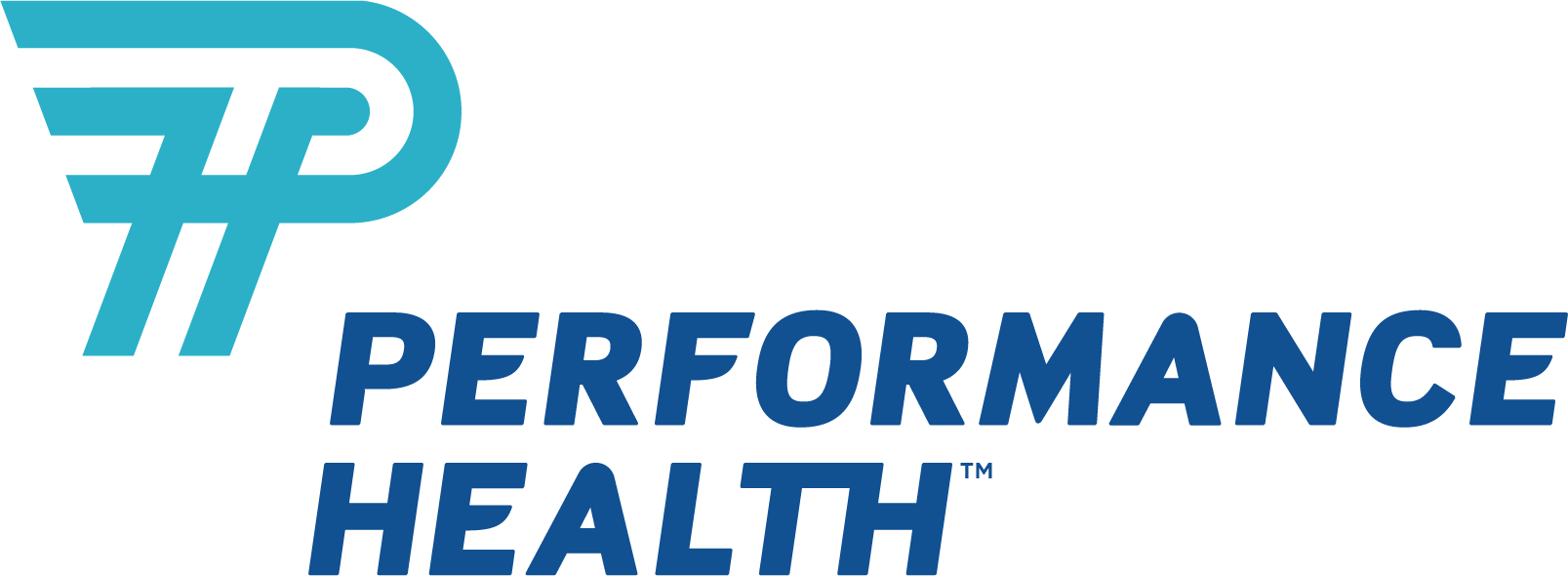






 France
France Australia
Australia